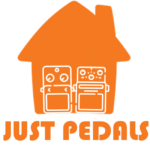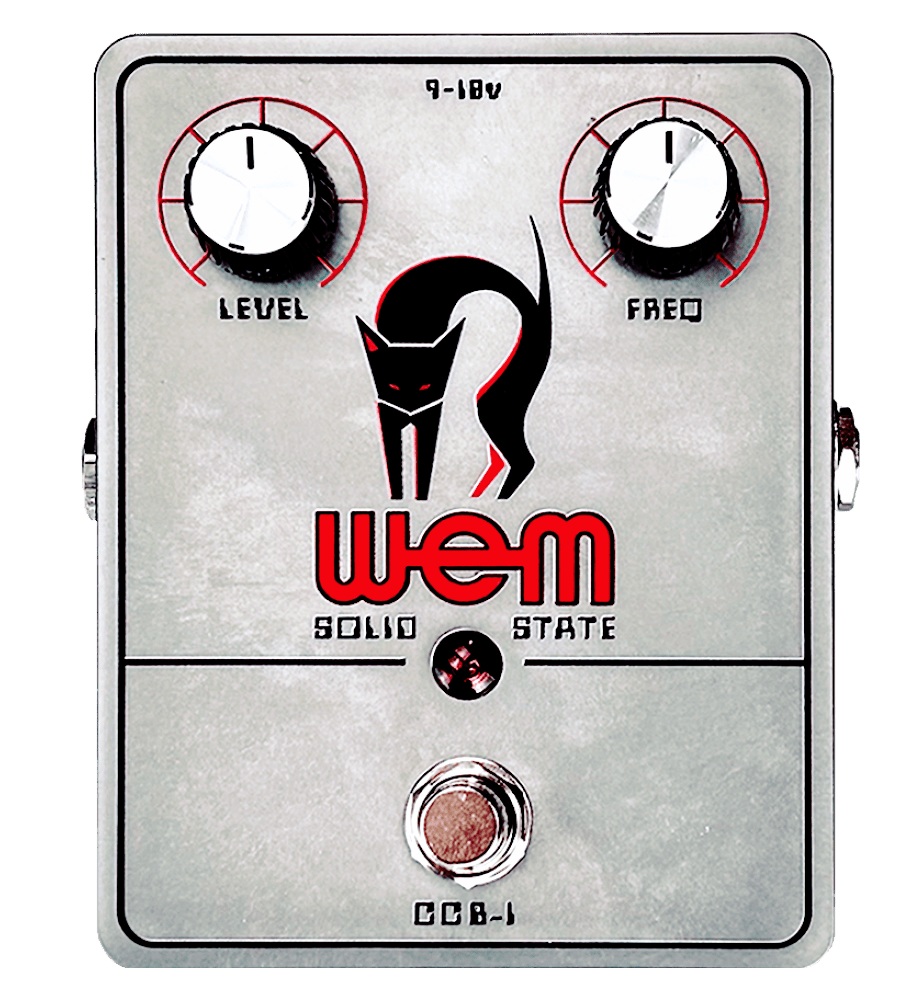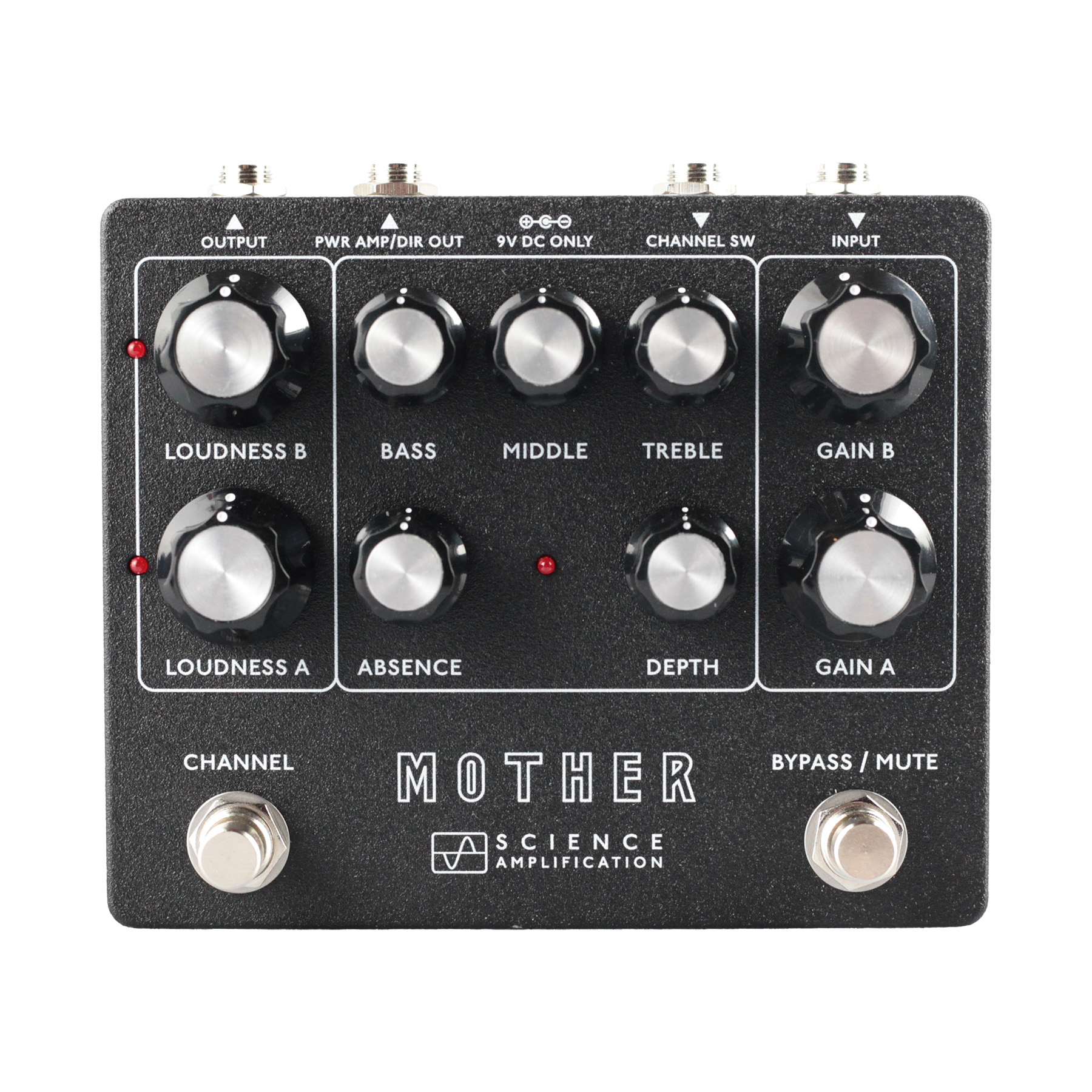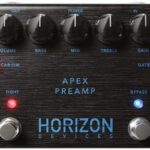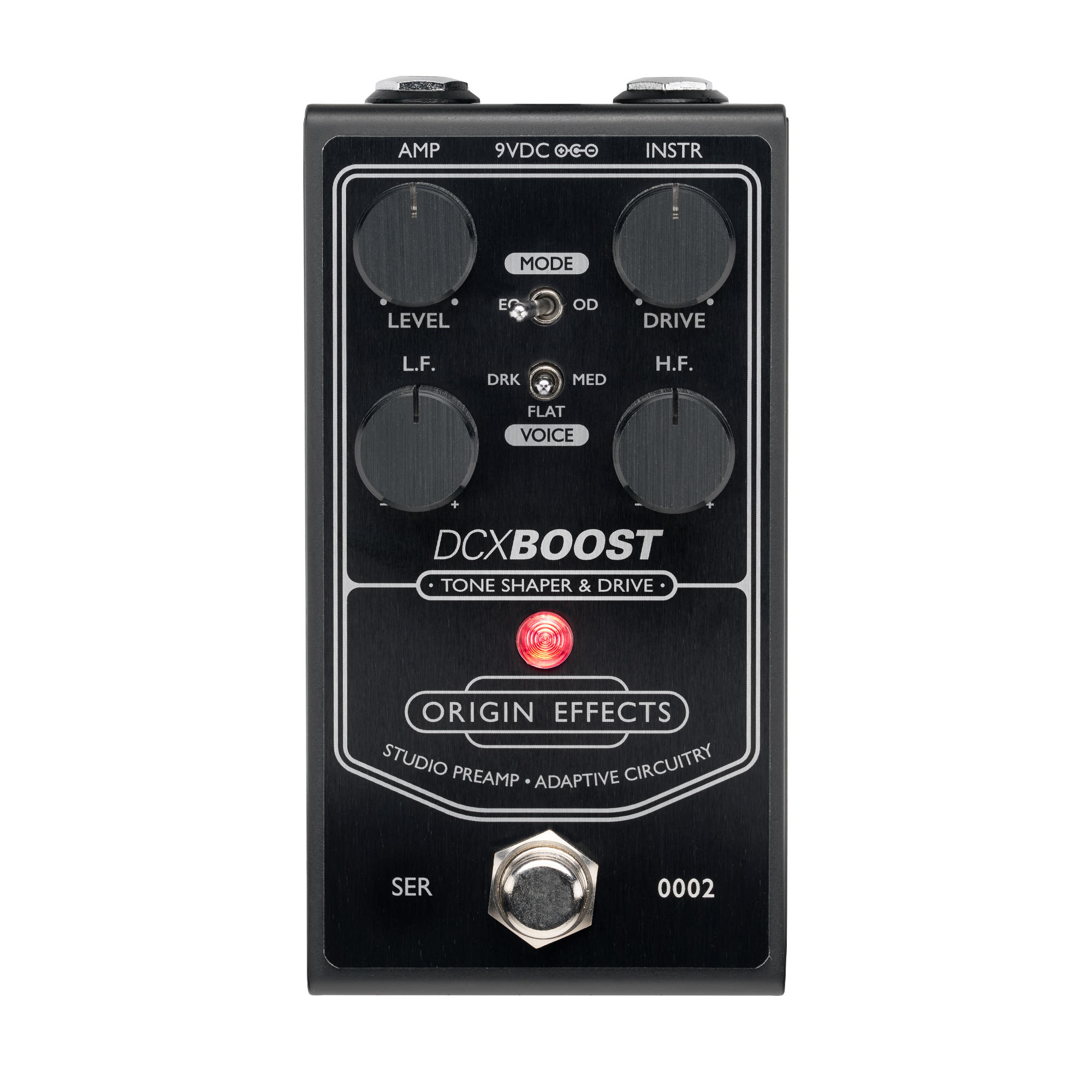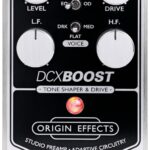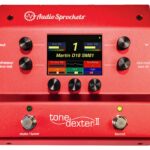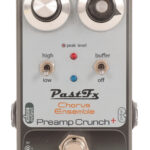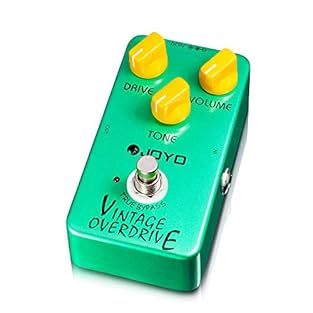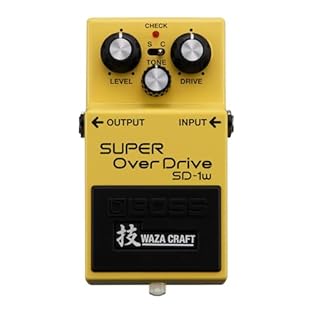Tasty Pedals made by Belcat
Belcat, based in Taiwan, is known for producing affordable and versatile guitar effects pedals and accessories. Established with a focus on delivering reliable and high-quality audio gear, Belcat offers a range of products including overdrives, distortions, delays, and more. Their pedals are designed to provide good value for money while maintaining solid performance and durability.
Among their popular models, the **BOD-01** overdrive and the **D-100** delay have garnered attention for their effective sound quality and user-friendly controls. Belcat pedals are appreciated for their practical design and affordability, making them a solid choice for musicians looking for dependable and budget-friendly effects solutions.
Just Pedal Ingredients.
Boost — A boost pedal is like that extra drizzle of olive oil or pinch of salt that brings the whole dish to life. It doesn’t change the flavour — it enhances it. By increasing your signal level without colouring your tone, a boost adds clarity, punch, and presence to whatever’s already on your plate. Whether you use it to push your amp into natural overdrive, lift a solo above the mix, or add that last bit of sparkle before serving, a good boost pedal is the chef’s secret ingredient. Simple, pure, and essential — it’s the appetiser that makes every course taste better.. Pedal — Your pedal is like a signature dish for your sound — a flavour-packed creation that transforms the bland ingredients of your guitar into something unforgettable. Each one adds its own seasoning, texture, and heat, turning a simple meal into a feast of tone.
These tasty little boxes sit in a row, like plates on a buffet, letting you mix and match flavours as you play. With one tap of your foot, you can swap sweet for spicy, subtle for smoky, and serve up something completely new. From the comfort food of warm overdrive to the fiery kick of fuzz, from smooth jazz sauce to heavy-metal spice, pedals give players a full menu of options to express their taste. And just like with food — once you’ve tried one dish, you’ll want to sample them all.
Collecting, trading, and discovering new flavours soon becomes part of the joy of being a tone-loving gourmet geek with a guitar.. Preamp — A preamp pedal shapes and boosts your guitar’s signal before it reaches your amp or recording interface, giving you control over tone, gain, and headroom. It acts as the first stage of amplification, adding warmth, clarity, and character while preparing your signal for the next part of the chain. Some preamps emulate the response of classic valve circuits, while others offer clean, transparent tone shaping ideal for acoustic instruments or direct recording setups.
Used on its own, a preamp pedal can serve as the foundation of your tone, providing a consistent core sound wherever you play. When combined with other effects, it enhances dynamics and helps each pedal sound more defined and natural. Whether you’re looking to push your amp harder, bring life to a dull signal, or refine your sound for the studio, a good preamp pedal adds presence, punch, and musicality to any rig..
